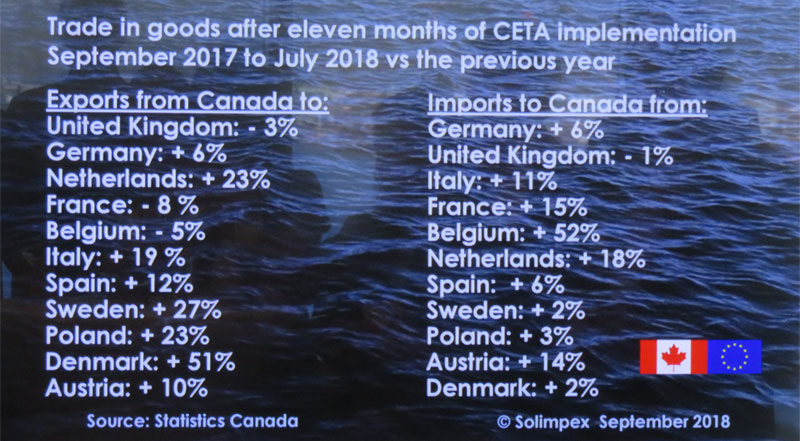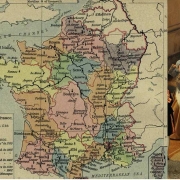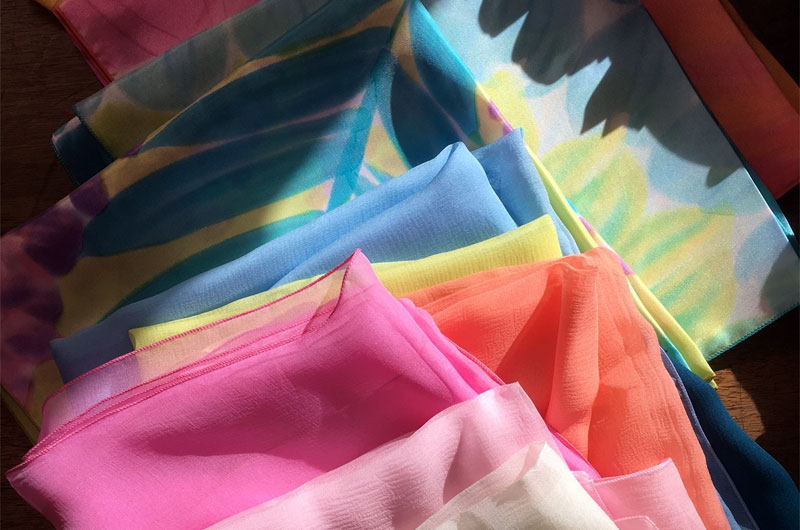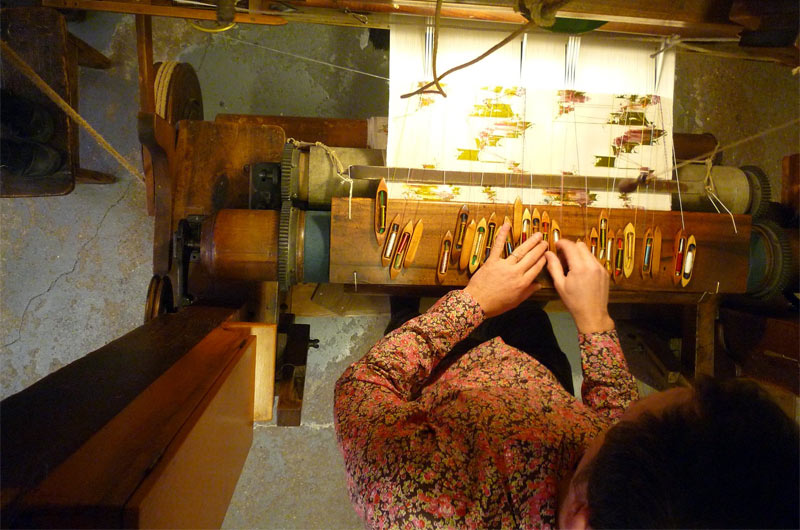Thai economy continues to grow despite global economic slowdown and the escalating U.S.-China trade war, said Thailand’s Consul General Nontawat Chandrtri
Thai economy is projected to grow around 2.7 to 3.2 per cent this year, said Chandrtri. “It’s driven by favourable growth momentum of domestic demand.”
That includes public and private investments especially in the eastern economic corridor area and the government’s stimulus package, he added.
The stimulus package is worth 316 billion-baht (about US$10 billion). It’s designed to support farmers, low-incomer earners, the elderly and bolster the Thai economy including stimulating domestic tourism growth.
Chandrtri was speaking on Wednesday at the celebration of the late King Bhumibol Adulyadej’s birthday which is also Thailand’s National Day and Father’s Day.
“Under the policy of Thailand 4.0, the value based and innovation driven economy will move the country forward to become a developed and sustainable country based on people centred development,” said Chandrtri.
Trade and Investment
Thailand is currently Canada’s second-largest overall trading partner in the ASEAN region. As of September 2019, canadainternational.gc.ca. cited that bilateral merchandise trade between Canada and Thailand totalled $4.3 billion in 2018.
That’s up from $4 billion in 2017, with $780 million in exports to Thailand and $3.6 billion in imports from Thailand. Bilateral trade in services totalled $416 million in 2017.
Chandrtri is optimistic there is significant room for expansion in trade and investment between Thailand and Canada. “Trade and investment promotion is the key priority for Thai offices here in Canada.”
“The Thai trade office in Vancouver has work hard to actively create opportunities such organizing and facilitating several trade missions for Canadian importers, exporters and investors to Thailand and vice versa.”
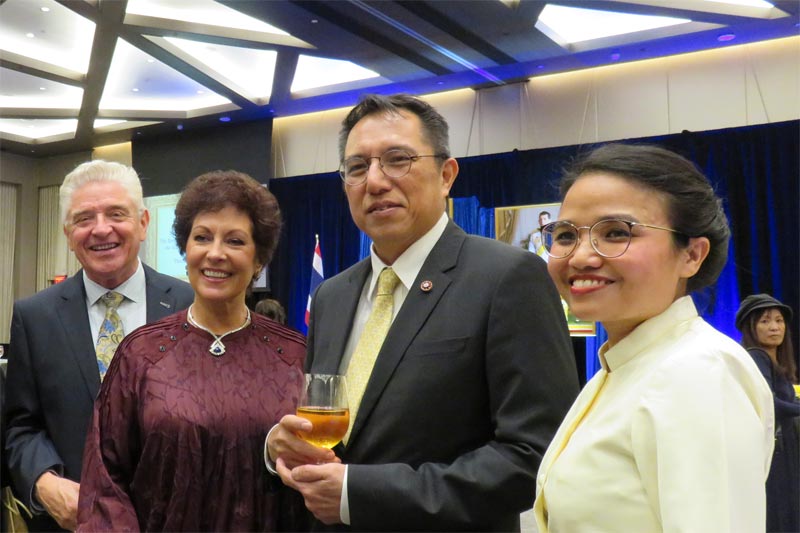
(Left to Right) Doi Chaang Coffee Co. (Canada) founder John Darch, Louise Darch, Thai Consul General Nontawat Chandrtri, Consul Pottanee Homjitt (Nikao Media)
Thailand-Canada Relations
He emphasized both countries “have enjoyed cordial ties for almost 60 years”, dating back to 1961. Since the Thai monarch’s visit to Canada in 1967, relationship between the two countries “has expanded bilaterally and multilaterally.”
Cooperation continues in many areas including political, economic, social, cultural, education, science and technology. He cited former Canadian Minister for Foreign Affairs Chrystia Freeland’s successful visit to Thailand recently.
As the 2019 ASEAN chair Thailand successfully hosted the 34th ASEAN Summit in Bangkok last June. “Throughout our ASEAN chairmanship, Thailand was committed to strengthening stability, sustainability in all dimensions, and cooperation and close partnership with all our friends, Canada included.”
“We appreciate Canada’s engagement in the region to ASEAN lead mechanisms. We support Canada’s collaboration and cooperation projects to help strengthen ASEAN Canada relation.”
Social and Cultural Relations
Chandrtri said his consulate continues to organize events to strengthen ties and friendship between Canada and Thailand, and people network. Among the events are Thai Festival in Vancouver, Thai Cuisine in the Garden and Thailand corner.
He proudly noted that the Thai Festival has become one of the largest outdoor cultural festivals in Vancouver city. The 6th edition this year had an estimated attendance of 55,000 visitors.
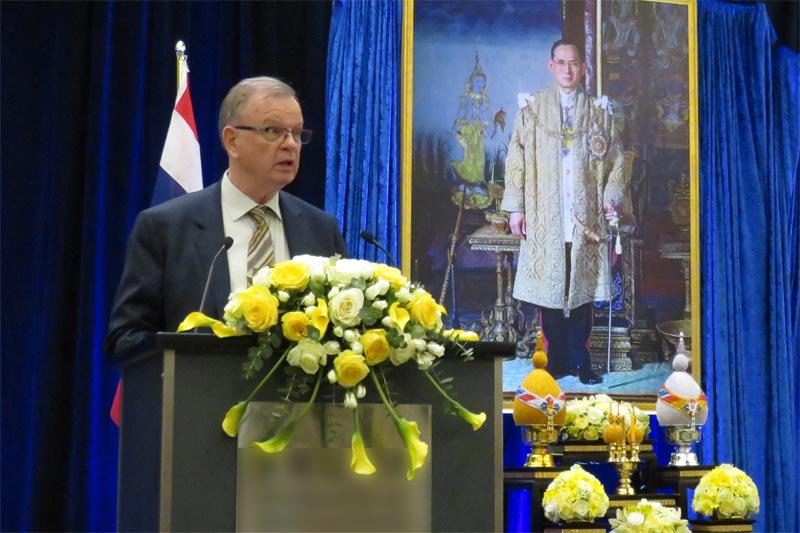
B.C. Minister of Jobs, Trade and Technology Bruce Ralston speaking at Thailand National Day celebration in Vancouver on December 4th, 2019 (Nikao Media)
In this speech, B.C. Minister of Jobs, Trade and Technology Bruce Ralston said “British Columbia takes great pride in its relationship with Thailand.” He acknowledged the importance of the Thai diaspora community in B.C.
“Diversity is also one of our great strength in the business world. Collectively, the ASEAN Nations have become one of the fastest economies in the world.”
Ralston reiterated Chandrtri’s comments that, “notwithstanding a global slowdown, the Thai economy continues to surge forward.”
This provides an opportunity for B.C. businesses to build on current demand while looking for new opportunities. Ralston said currently a small amount of B.C. fresh fruit has been sent to Thailand.
Whether it’s through shared cultural connection, trade, tourism or international education, there’s much to celebrate, he said. He added that his government is looking forward to building on those successes.

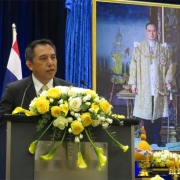 © Nikao Media
© Nikao Media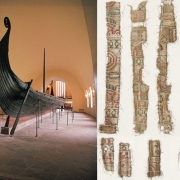 ©Johan Berge/Visitnorway.com/Museum of Cultural History, University of Oslo
©Johan Berge/Visitnorway.com/Museum of Cultural History, University of Oslo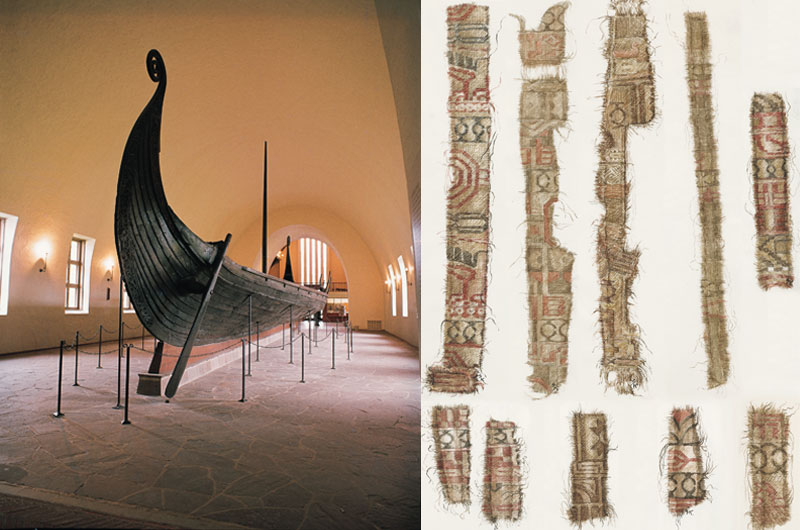
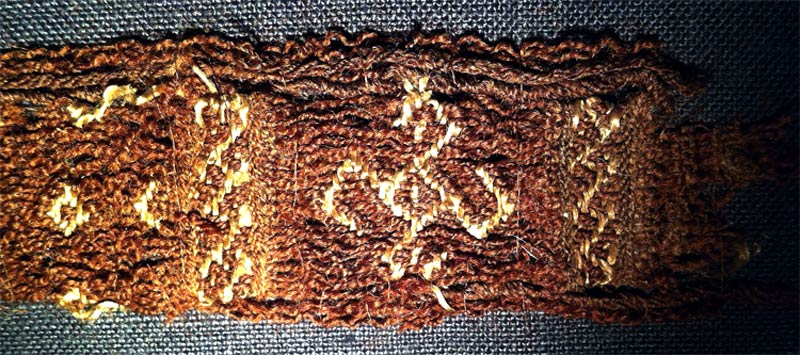
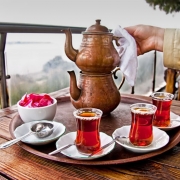 © Rep. of Turkey Ministry of Culture and Tourism
© Rep. of Turkey Ministry of Culture and Tourism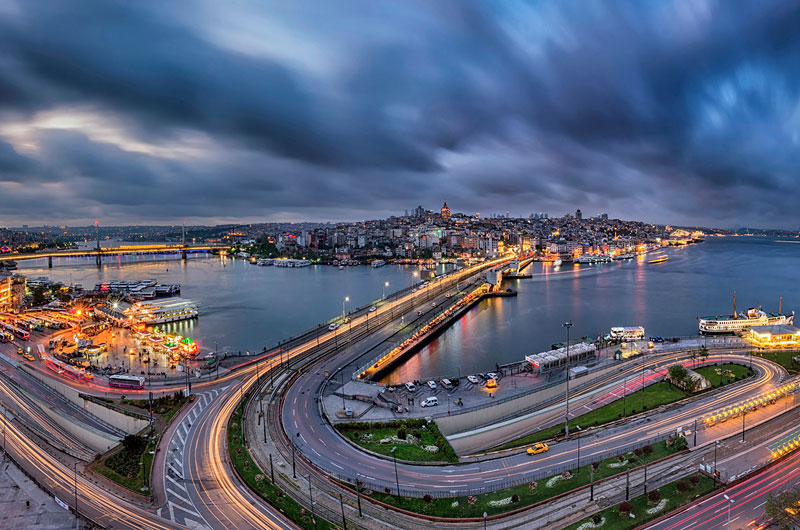
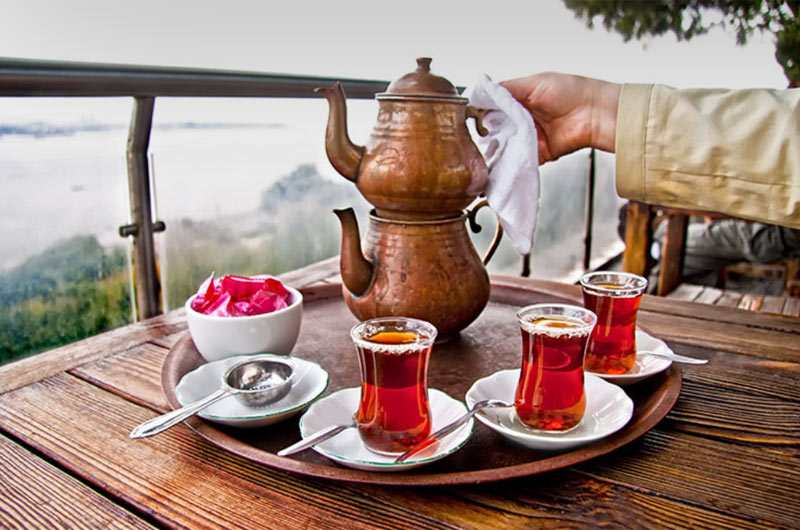

 ©Nikao Media
©Nikao Media